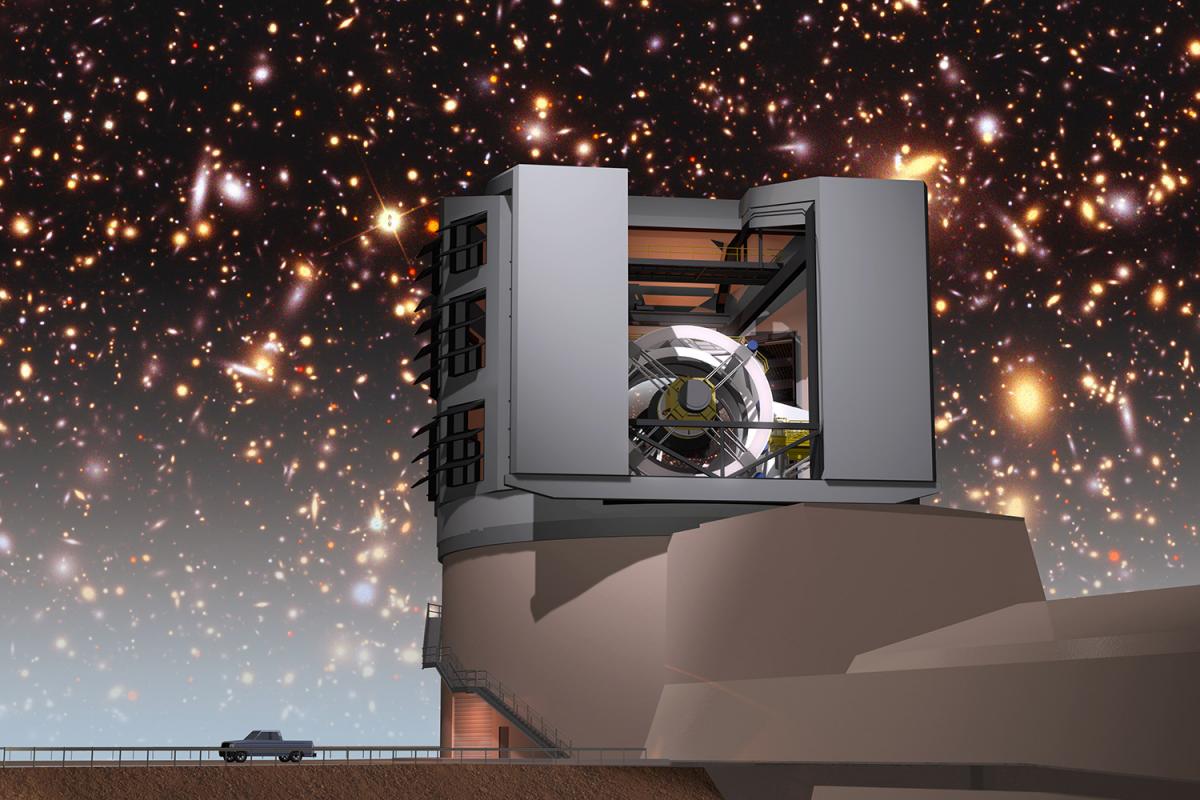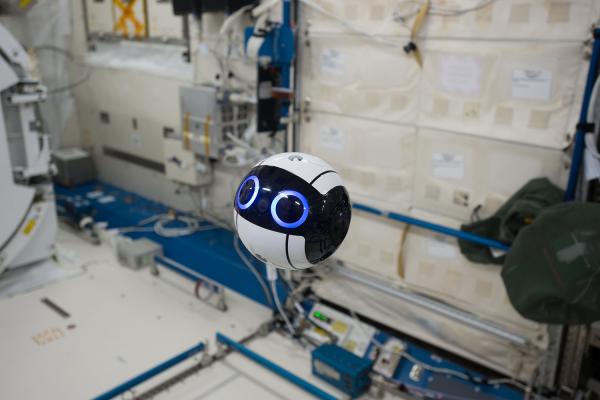With its 8.4-meter mirror and 3.2 gigapixel camera (making it the biggest digital camera in the world), the Large Synoptic Survey Telescope (LSST) is a project that is defined by superlatives. Its mission? To extend the boundaries of the visible universe but also to tirelessly survey and map the universe for the next 10 years from the observatory on the summit of Cerro Pachón in Chile.
The LSST: the product of expertise from all over the world
To achieve its mission, the Large Synoptic Survey Telescope will photograph the entire sky several times each week, allowing it to catalog changes and measure the movement of the celestial bodies. Its astronomical surveys will contribute to studies designed to elucidate the structure and evolution of the Solar System and Milky Way. The findings will also be applied in various research projects dedicated to unlocking the mysteries of dark matter and dark energy.
Coordinated by the USA, the project has a budget of some USD 675 million (approximately EUR 600 million). Almost twenty countries will contribute to analysis of results with inputs from research laboratories from all around the world. Alongside the United States and Chile, France is playing an active part in the construction of the telescope through the French National Institute of Nuclear and Particle Physics (IN2P3).
Precision engineering in the service of astronomy
The telescope is installed on the 2,680 meter-high summit of Cerro Pachón, a site chosen for its very low levels of atmospheric and luminous interference. It is housed in a dome that is 30 meters in diameter and 17 meters high. The dome is fully motorized, so that the telescope can be rotated to successively point in all possible directions.
The telescope itself consists of three main elements. The first of these is the mount with which the telescope is precisely positioned in preparation for observations. Then there is the optical element, which is made up of three curved, aspherical mirrors, the largest of which has a diameter of more than 8 meters. Finally, there is the digital camera, which is one of the project's centerpieces.
This camera is built around a 3.2 billion pixel digital sensor that is chilled to -100°C. This is sensitive to a particularly broad range of light, from near ultraviolet to near infrared, so that photometric measurements can be carried out across the entire spectrum. Finally, the camera incorporates a system of optic filters that enable users to select the fraction of the light spectrum that they wish to observe.
Fast-action optical filter changer
All astronomical survey telescopes incorporate a filter changer but most of the systems currently in use are too slow to meet the ambitious performance requirements of the LSST, demanding changeover 15 times faster than that of other instruments of a similar size.
A team of five French laboratories therefore collaborated in the development of a robotic system capable of placing a new filter over the imaging camera in only a few minutes. In meeting this challenge, the team had to deal with major technical constraints, starting with the integration of the automatic filter changer, as all of its components had to be housed in the body of the camera. And there it must remain perfectly stable, even in the event of a strong earthquake



The use of the same supplier for the motor/controller combination means that there are no compatibility issues: maxon EC40/GP42 and EPOS2 70/10 positioning controller.
The team designed a device capable of handling the extremely costly filters – each with a diameter of 75 cm and weighing almost 40 kg – with an accuracy of a tenth of a millimeter. The center piece of the device is a carousel that can be loaded with up to five filters and present one of them for use in less than 20 seconds. In addition, there is an automatic mechanism for loading/unloading a filter onto the camera and another mechanism for loading filters within the camera. Together, these three elements go to make up the automatic filter changer.
Compactness, reliability, support
It is in this context that the French National Institute of Nuclear and Particle Physics (LPNHE) sought expert support from MDP - maxon France. The online configurator and associated technical documentation posted on the maxon website served as a starting point for identifying the initial components suitable for integration in the system.
In the course of further exchanges, the suitability of solutions from MDP - maxon France was validated, and the use of the same supplier for the motor/controller combination meant that there would be no compatibility issues. For example, the carousel and the automatic filter changer use maxon EC40/GP42 and RE40/GP52C drive motors along with an EPOS2 70/10 modular digital positioning controller.
Among the various criteria adopted by the teams working on the LSST were the compactness of the components, motors, gearheads and controllers – an essential factor as these had to integrated in the heart of the camera – combined with complete reliability. Indeed, the filter changer must be able to function continuously, with maintenance limited to a period of 2 weeks every 2 years when operation of the telescope is interrupted for re-aluminization of its mirrors.
Multi-faceted collaboration
The demanding nature of the work carried out on the optical filter changer reflects the ambition of the project and gives some idea of the extent of collaboration required among the various stakeholders in the LSST. For its part, maxon is delighted that its online configurator, its motors, and its electronic systems have contributed to the successful realization of such a technical and scientific challenge!
Let us know how we can help you. Contact your local maxon expert.




